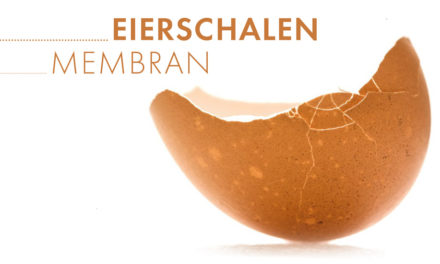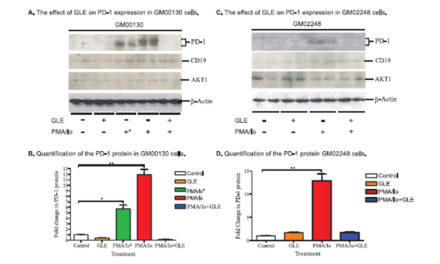Fungicide Resistance Evolution and Detection in Plant
Pathogens: Plasmopara viticola as a Case Study
Federico Massi 1,* , Stefano F. F. Torriani 2, Lorenzo Borghi 2 and Silvia L. Toffolatti 1,*
1 Dipartimento di Scienze Agrarie e Ambientali, Università degli Studi di Milano, Via Celoria 2, 20133 Milano, Italy
2 Syngenta Crop Protection Münchwilen AG, 4334 Stein, Switzerland; stefano.torriani@syngenta.com (S.F.F.T.); lorenzo.borghi@syngenta.com (L.B.)
* Correspondence: federico.massi@unimi.it (F.M.); silvia.toffolatti@unimi.it (S.L.T.)
Abstract
The use of single-site fungicides to control plant pathogens in the agroecosystem can be associated with an increased selection of resistance. The evolution of resistance represents one of the biggest challenges in disease control. In vineyards, frequent applications of fungicides are carried out every season for multiple years. The agronomic risk of developing fungicide resistance is, therefore, high. Plasmopara viticola, the causal agent of grapevine downy mildew, is a high risk pathogen associated with the development of fungicide resistance. P. viticola has developed resistance to most of the fungicide classes used and constitutes one of the most important threats for grapevine production. The goals of this review are to describe fungicide resistance evolution in P. viticola populations and how to conduct proper monitoring activities. Different methods have been developed for phenotyping and genotyping P. viticola for fungicide resistance and the different phases of resistance evolution and life cycles of the pathogen are discussed, to provide a full monitoring toolkit to limit the spread of resistance. A detailed revision of the available tools will help in shaping and harmonizing the monitoring activities between countries and organizations.
Keywords
grapevine; downy mildew; oomycete; fungicide resistance








